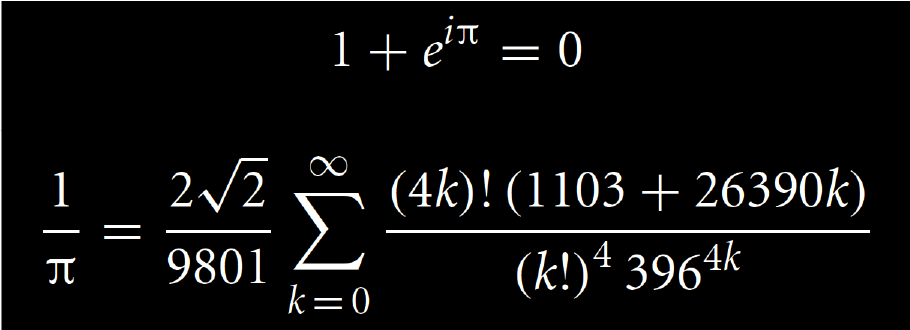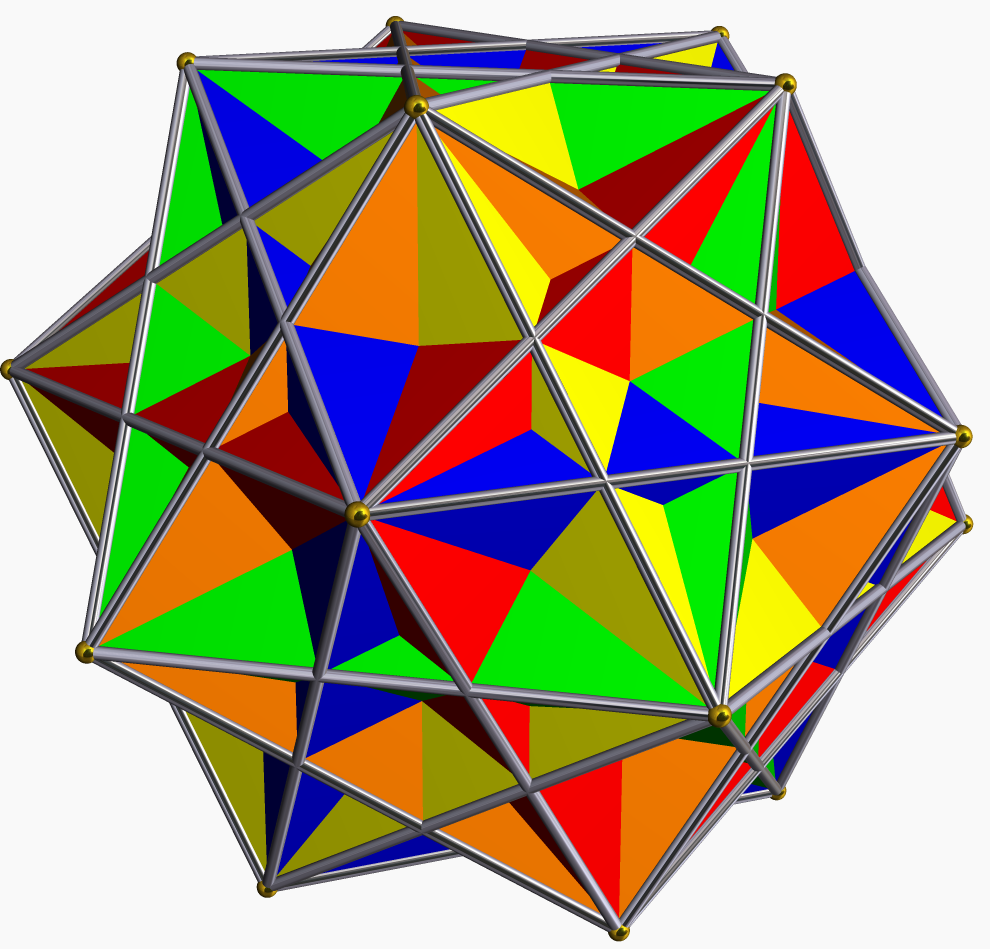This post is also available in Dutch.
If I tell you that pieces of art such as paintings and music can be perceived as beautiful, I am sure that’s not news to you. You can probably even see how the term beauty can be applied much more broadly, for example to nature or natural phenomena, poetry and emotions. But this time, I would like to introduce you to another form of supreme beauty: mathematics. So prepare to soak in the pure beauty of mathematical formulations.

Similar to the appreciation of art
Although a mathematical formula is probably not the first thing that comes to mind when I ask you to think of something beautiful, multiple people (among them many mathematicians and physicists) have described their experience of mathematical beauty in the past. These descriptions suggest that the perception of this type of beauty might not differ much from, e.g., visual or musical beauty. Some have even tried to explain why it is possible to like or dislike a mathematical formula by defining desirable qualities. Examples of qualities contributing to mathematical beauty are elegance, simplicity, clarity, brevity, originality, importance and universal validity (usefulness). Interestingly, you could use at least some of these qualities to describe why you like a painting or a song.
Additionally, a recent study found that mathematicians showed brain activity in the medial orbitofrontal cortex only in response to mathematical formulas they had rated as beautiful and not in response to ugly formulas. The same part of the brain is also activated in people when they appreciate paintings or music. In addition, the amount of activity in the brain corresponded with the extent to which a piece of art or formula was perceived as esthetically pleasing. This shows that we even can quantify various types of perceived beauty.
For everyone
You probably now think that the appreciation of mathematical formulas is something that is reserved to mathematicians and others with high affinity for mathematics. In other words, beauty is in the eye of the beholder, which in this case is someone with a good mathematical understanding. This is also what researchers and philosophers have claimed for years: while visual or musical beauty were considered mostly perceptually based, mathematical beauty was said to be more abstract and knowledge-based. This would mean that perception of mathematical beauty is highly dependent on the observer and could vary a lot across persons.
In contrast to this, ratings of mathematical formulas in the above-mentioned study did not seem to be extremely subjective but were quite consistent across participants. Of course, this might be due to all participants having very similar levels of knowledge of mathematics and comprehension of the formulas. However, this is not supported by another study conducted with laypeople. This new study had average Americans judge the beauty of mathematical proofs, paintings and classical musical excerpts based on their intuition. Astonishingly, participants did not only rate the esthetic pleasure of paintings and pieces of music very similarly but also largely agreed on the beauty of mathematical arguments. This means there might be ways to make certain aspects of mathematics more appealing to young students and thereby motivating more of them to enter the field.
Original language: English
Author: Eva Klimars
Buddy: Francie Manhardt
Editor: Marisha Manahova
Translator: Wessel Hieselaar
Editor Translation: Jill Naaijen
The lead image was created by Robert Webb’s Stella software (http://www.software3d.com/Stella.php).
